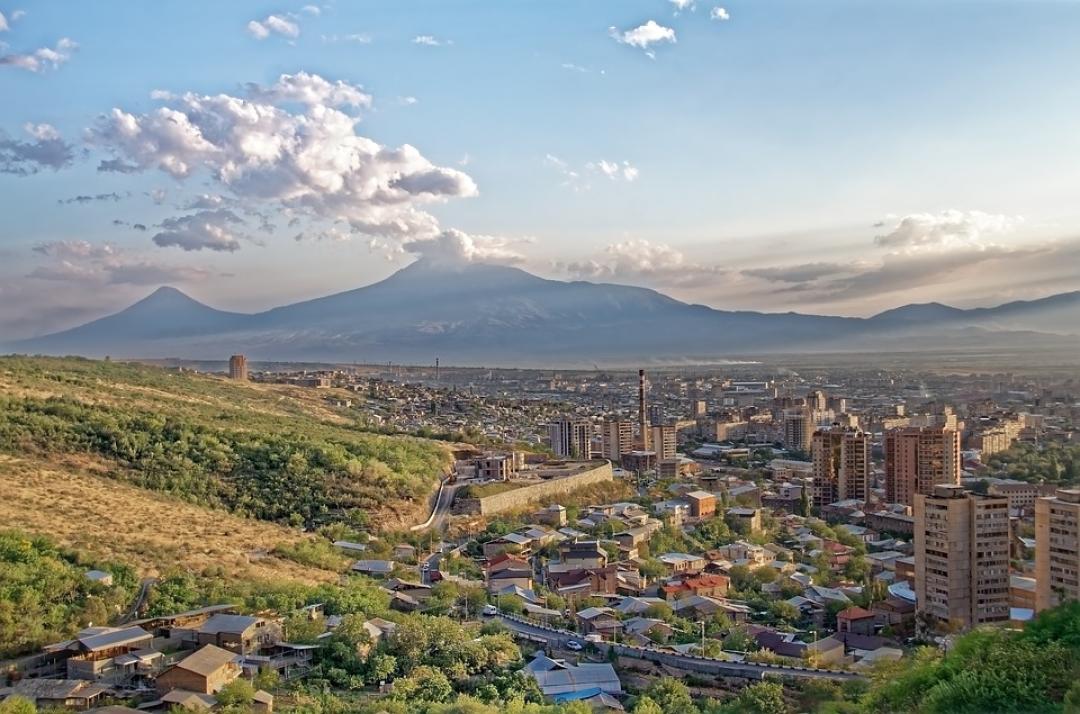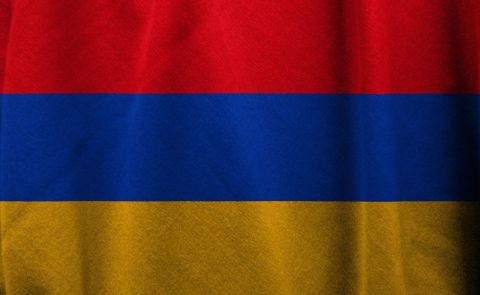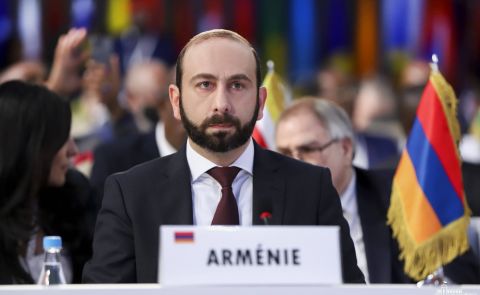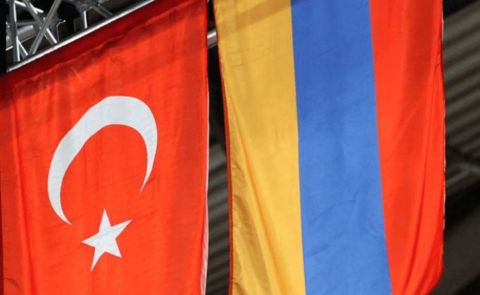
Armenia's post-war demographics: current challenges and policies

About author: Ani Grigoryan is the founder and editor of CivilNetCheck - a fact checking department at CivilNet online TV. She has extensive experience in journalism, for more than 8 years. In the last three years she specialized in fact checking and investigative journalism.
After experiencing a positive dynamic in the socio-economic realm in 2018, tough challenges lay ahead for Armenia in 2020. The Coronavirus pandemic and the 2020 war in Nagorno-Karabakh placed Armenia in new political, social, and economic challenges, which are going to require a lot of effort and time to overcome.
On September 21, 2020, Armenian Prime Minister Nikol Pashinyan said he wanted to increase Armenia’s population to at least five million by 2050, when Armenia in fact is facing a serious and deepening demographic crisis. On February 7, Armenia’s Statistical Committee (ArmStat) published a report on the socio-economic situation of the Republic of Armenia in 2021, according to which all demographic indicators in Armenia were negative or insufficient.
According to the Statistical Committee, as of January 2022, the population of the Republic of Armenia was 2,961,000. Compared to the previous year, there is a population decrease of 2,300 residents.
In 2021, more people left Armenia than arrived. In 2021, total net migration stood at -43,874, meaning over 40,000 more people left Armenia than entered. Although this was the worst figure since 2016, when net migration stood at -48,170.
As for the migration index calculated by ArmStat, it was also negative in 2021, -4,200. Overall, since 1992, this migration index has always been negative except in 2020, when Armenia saw an influx of people (+3400), most likely short-term workers, who returned to the country due to the COVID pandemic and couldn’t leave.
Apart from emigration, the indicators of natural increase are also quite worrying. In Armenia the crude rate of natural increase has been declining since the 90s, with the number of births decreasing year by year. However, in the last two years Armenia's crude rate of natural increase fell to its lowest point ever. The natural increase in 2021 was 1,927, which is the second lowest natural increase recorded since 1990. The lowest was in 2020, when the rate of natural increase was only 183. The decline related to the unprecedented number of deaths due to the coronavirus pandemic and the 2020 Nagorno Karabakh war. For example, in 2019 the natural increase was 9,855.
Besides, Armenia is among the list of the rapidly aging countries, which is also a major issue. In countries where the share of the elderly is higher than 7%, it is considered aging. The population over 65 y/o in Armenia is 12.3%. According to UN forecasts, by 2050 that number in Armenia will increase to 22-23%. This, in turn, leads to an increase in the dependency ratio, the ratio of the elderly to the working age population. In 2021, that ratio was 5:1, in 2050 we will have a ratio of 2.9:1. This is the number of working-age residents who will care for one elderly person. This will be a social and health burden for the state.
New situation in Syunik and new challenges
Apart from socio-economic ones, security issues also have a great impact on Armenia’s demographic situation. After the 2020 Nagorno Karabakh war, the Syunik region has come to face great challenges. Syunik borders districts southwest of Nagorno-Karabakh which were taken by Azerbaijan during and after 2020’s war. As a result, the borders of the Syunik region in the south of Armenia (including the administrative center of Kapan) appeared to be in close proximity to the new borders of Azerbaijan, drawn up during the Soviet times. And some pastures and lands of the villages are now inaccessible to residents as they have come under Azerbaijani control.
In November 2021, Azerbaijan set up border controls and customs checks at Goris-Kapan highway. As a result, more than 10 villages were deprived of their main roads connecting to Goris and Kapan cities and the alternative roads were in such a bad condition that the villagers could not use them. As a result, the villages near these roads are facing humanitarian problems. Government started construction of new alternate roads, but they are not easy to access and not ready yet.
The Armenian government has extended wide-ranging economic benefits to residents of border villages. The government subsidizes the prices of electricity, natural gas and water, provides local schoolchildren with free textbooks, and so on.
"The new Armenian-Azerbaijani border” has cut the village of Shurnukh almost in half. As a result, more than a dozen houses came on the territory controlled by the Azerbaijani Armed Forces, at the same time the Armenian authorities initiated the construction of a new quarter, which was suspended after the establishment of an Azerbaijani checkpoint on the Goris-Kapan highway.
Government subsidies to the Syunik region reached 1.1 billion drams (over $23 million). The funds were addressed to solve urgent social and infrastructural issues.
However, the lack of proper roads, and their constant monitoring by the Azerbaijani troops, makes life in the villages of Syunik quite difficult and risky, which can lead to the outflow of people. According to statistics, the population in Syunik has decreased by 1100 in one year, 900 of them have left the region. We don’t know how many of them are from the border villages.
After November, the villages of Chakaten, Shikahogh, Srashen, Nerkin Hand, Tsav և Shishkert are in a particularly problematic situation. The villages are part of the Kapan community. Mayor Gevorg Parsyan told us that the situation in the villages is calm now, and the mood of the locals differ. Some are hopeful, some feel hopeless. is different.
"The mood that prevails is one of uncertainty. After the front road was closed, four families left the villages of this region. The main reason is that they had a serious illness, so they left, to be able to receive emergency medical care," says the mayor.
Parsyan mentioned that the situation at the Kapan community, which became a border town after the war, is very problematic. He has received alarming data, which he is now studying.
"We have serious changes in numbers, which I can not speak about now without doing due diligence. I am very worried about that information. However, we can talk about the situation only after studying it properly. The causes and consequences must be understood," he stated.
Syunik’s border village Nerkin Khndzoresk is now surrounded by Azerbaijan on three sides. After the last war the residents of Nerkin Khndzoresk have found themselves just a few kilometers away from Azerbaijani military positions. Most of the pastures are on or near the border and villagers can’t approach there.
Village head Yervand Malunts mentions that there is no spirit, no work and no livelihood in the village, as a result of which about 30 young people left the village to find work.
"There is no land, the equipment does not work, people sell the animals very cheaply so they can somehow make a living," says the village head.
As a border village, the government subsidizes utility bills by 50% and implements a number of programs in Nerkin Kndzoresk. According to the village head, although they receive attention through government programs, it is not enough.
"They should come, implement more active programs, and support the youth. Many of the villagers living on the border are not able to benefit from the programs, they don’t know the procedure to apply, the paperwork has increased to an extent where people don’t know what to do," says Shalunts, adding that if this situation continues, people may move away with their families.
Besides the government, some international organizations are also involved in support of Syunik and its residents. The types of support vary greatly. For example, UNICEF has established early learning centers in border villages Karashen and Khoznavar with the financial support of the European Union. International organizations and some embassies provide humanitarian aid through various programs, help local people to acquire new skills, knowledge, provide the latest agricultural equipment, etc. Last year, the European Union announced that it will allocate more than 1.5 billion euros to Armenia in the next 5 years for five key programs, including the development of the Syunik region.
Demographic situation in Armenia is quite problematic, and has been problematic for years
The UN has been following the demographic situation in Armenia for many years. Back in 2019, the organization published a study, according to which, by 2050, the population of Armenia will decrease by about 150,000. According to UN forecasts, the population of Armenia will be 2.7 million in 2050, and 1.8 million in 2100. These predictions were made two years ago, when the impact of the coronavirus epidemic and the 2020 Nagorno Karabakh war on the demographic situation in Armenia hadn’t been assessed.
UNFPA Population and Development Program Officer Anna Hovhannisyan says the demographic situation in Armenia is quite problematic, it has been problematic for years. Especially due to the coronavirus and the war, the absolute number of deaths has seen a sharp increase.
"The absolute number of deaths has significantly increased. If there were 24-25 thousand deaths for years, in 2020, during the peak period of the coronavirus, 36,170 deaths were registered in Armenia, that is, 10 thousand more deaths than in previous years," says Hovhannisyan.
According to Hovhannisyan, in 2021 the absolute number of deaths has already decreased by 1,500, but the number is still high, about 34,600. Compared to other years, it is about 8000 more.
"Moreover, the number of births is increasing very slightly. We have an unprecedented low birth rate. In 2021, the births have only increased by 200. When deaths increase, we inevitably have a negative increase. If there is also migration, the [population] automatically declines," says the demographer.
According to Hovhannisyan, it is still difficult to forecast the long-term impact of the coronavirus pandemic, the war in Nagorno Karabakh and the security issues on the demographics.
"The published figures do not allow analyzing the exact situation and the impact yet. It’s not like the demographic situation was in a good shape prior to the war. We have always had a declining population, starting from 2001-2002," says the demographer.
She also explains that the demographic situation does not react so quickly to any negative or positive event. "Demographics are a more inert phenomenon; it takes several years for the consequences to be clear," says Hovhannisyan.
The demographer, however, points out another alarming indicator. Depopulation has been registered in 6 out of 10 regions of Armenia in the last year. Depopulation is when deaths outweigh births, and a decrease in the population number is registered
"In 2021, depopulation was registered in 6 regions. If in previous years depopulation was registered in only one region, Lori, now it has been registered in Tavush, Syunik, Shirak, Kotayk, Vayots Dzor regions," the demographer notes.
The reasons are not clear yet, because, for example, in Gegharkunik region, which also now borders Azerbaijan, the population has in fact increased by 530.
The reasons for all this must be thoroughly studied. The Government of the Republic of Armenia, together with UNFPA, other international organizations and experts are currently developing a demographic strategy, which will be published in mid-2022.
The strategy is called "Demographic Strategy and Framework for Actions," which aims to define the issues and tasks with clear deadlines and actions.
See Also


Armenia Records 5.9% GDP Growth in 2024, Missing 7% Goal

Yerevan Balances Strategic Ties with Both US and Russia, Says Foreign Minister

FM Mirzoyan: Peace Deal with Azerbaijan Is Within Reach

Pashinyan and Erdogan Hold Call, Reaffirm Commitment to Ongoing Dialogue

